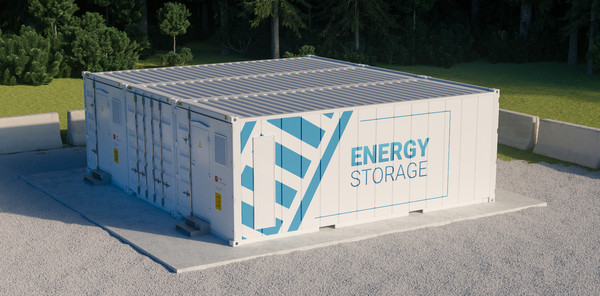To achieve the Paris Agreement goals, the adoption of renewable-energy sources has increased significantly in recent years and BESS (Battery Energy Storage System) has played an important role. According to a report by Rystad Energy, global BESS installation had grown by 59% in 2022 and it is forecast to grow tenfold between 2022 and 2030.
Although this will bring significant opportunities to cargo insurers, some key points should be noted when writing cover for such goods.
There will be a very high risk accumulation. In extreme cases, over 200 BESS with a unit price USD500,000 could be loaded on board the same vessel. This means the sum insured will exceed USD100 million. We have seen such a situation many times in the Chinese market which is not surprising as top BESS suppliers, including SUNGROW and BYD, are based in China. No doubt co-insurance or reinsurance will be necessary to spread the risk even though the underwriter may have enough capacity to cover it.
BESS usually consists of an enormous number of Lithium-ion (Li-ion) batteries and so will carry the same risk characteristics as Li-ion batteries, including the potential for fire and explosion. So far, we have not seen a fire or explosion related to BESS whilst in transit, to date, all losses have occurred whilst BESS is in operation. But that does not mean a fire or explosion in transit will not occur in the future. BESS incorporates a self-contained firefighting system, integrating the functions of detection and firefighting. Depending on the technology adopted, it is possible for the firefighting system to be triggered automatically. In addition, underwriters should also learn about the firefighting measures that could be taken by shipowners and many of these are detailed in a recent IUMI position paper “Best practice and recommendations for the safe carriage of electric vehicles” available from www.iumi.com.
The physical shape of BESS is similar to a container but there are some raised parts on the top which make a bulk/break-bulk carrier, rather than a container vessel, more suitable for shipment. As we do when covering other types of break-bulk goods, underwriters should ensure the lashing and fastening methods are adequate when BESS is loaded on deck.
